As a wildlife filmmaker, one must have proper knowledge and understanding of what they are dealing with in order to document truthful information and for safety purposes. If you are making a wildlife video about grasshoppers, then this is the perfect guide to read. Below is the life of grasshoppers, particularly species that live in and around tall grass prairies in the U.S.
Basics of Grasshoppers
Grasshoppers are flying insects that are best characterized by their two pairs of wings, long arms and legs, and the loud buzzing noise they make as they approach. Typically, female grasshoppers are larger than males and have two pairs of valve-like structures at the corner of their abdominal area.
Life Cycle
Basically, reproduction of these insects occur during the early Summer season where the temperature is still high enough to ensure survival and growth of offspring. During mating season, male grasshoppers inject the spermatophore that contains sperm into the ovipositor of female grasshoppers. Following this are three sequential progressions for grasshoppers, namely Egg, Nymph, and Adult.
The life span of grasshoppers is around a full year. Recent studies have shown that, upon hatching, nymph grasshoppers only have around 50% chance of survival. As nymphs, grasshoppers are exposed to a variety of dangers including natural enemies, such as birds, lizards, rodents. etc.
Benefits
Grasshoppers are infamous for being pests as they pillage through crops and farms. However, the role of grasshoppers in the ecosystem are highly beneficial. As mentioned earlier, grasshoppers serve as food for many predators including birds and lizards. Without them, the natural food chain can be disrupted.
Apart from food for animals, they can also be a means of survival for humans in the wild. Grasshoppers are rich in protein thus consuming it in will give you a better chance of surviving in the grasslands of the U.S. In addition, grasshoppers are also healthy for the environment. Grasshopper droppings contain plant nutrients that can enrich lands and fertilize growing plants.
Types of Grasshoppers
There are many kinds of grasshoppers found in the Prairies of the U.S. Here are some of the many you can encounter:
Club-Horned Grasshoppers. Characterized by their small, slant-face, this grasshopper is one of the typical insects found in prairies, especially during Spring and Summer seasons. Club-horned grasshoppers are naturally grey, black and tan, yet some may feature partly green and white colors.
Velvet-Striped Grasshoppers. This small-sized green grasshopper has a distinguishing edged head with two dark stripes that is bordered by light-colored stripes. They are often found in grasslands during months of April and May.
Brown-Spotted Range Grasshopper. This particular type of grasshopper is usually the first to roam around grasslands during the Spring season. They lay eggs that hatch during the Summer season. This trait separates them from the pest species of locusts that lay eggs during the Summer and hatch in Spring.
Tips When Making a Wildlife Film
If you want to learn how to film wildlife, it is relatively easy and simple. You can choose to learn it yourself by practicing with an able camcorder or by participating in a filmmaking program. Also, you should be well-versed with the wildlife you plan on capturing through the lens to know when you should back off, where to find them, and other life-threatening considerations you should know about.
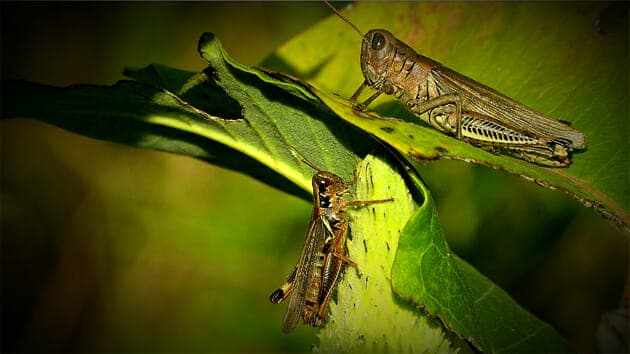
Two grasshoppers waiting to be warmed by the morning sun


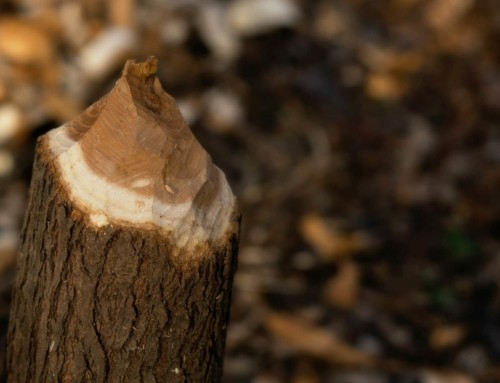
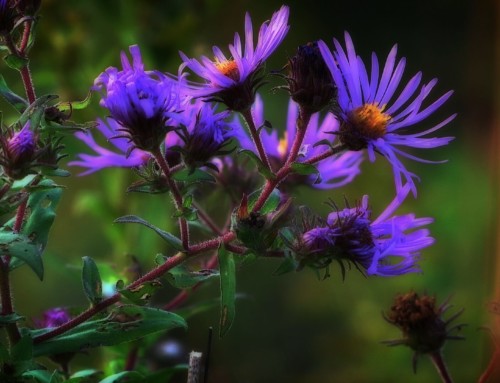
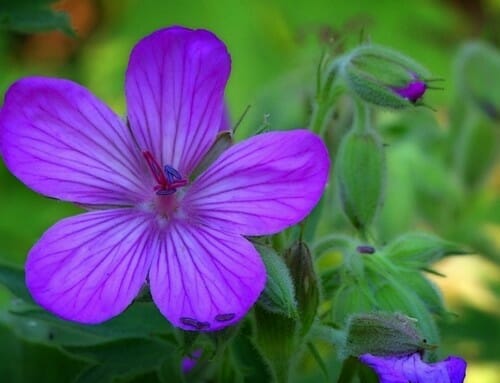
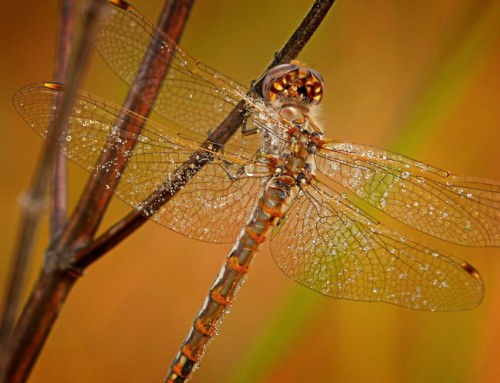
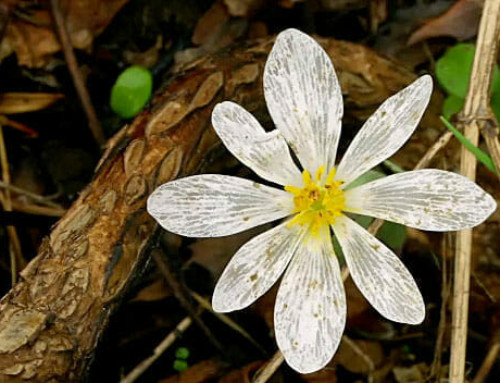
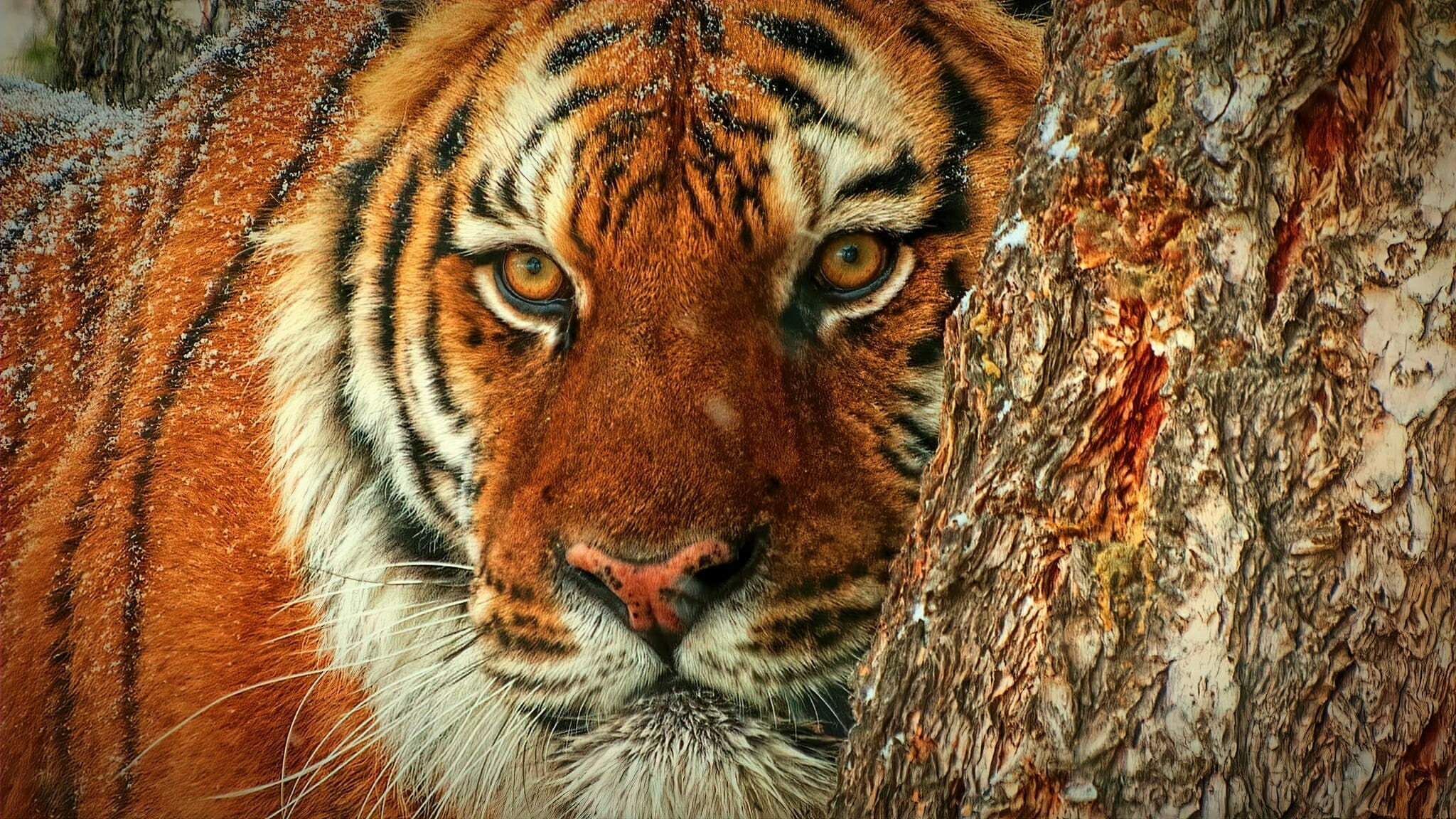
Leave A Comment
You must be logged in to post a comment.